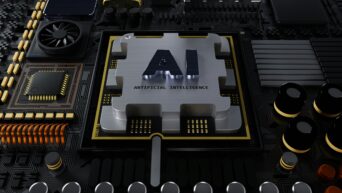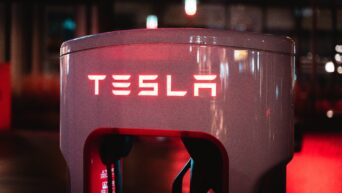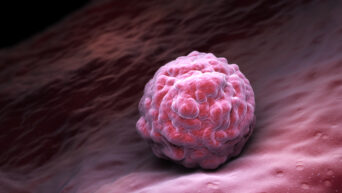
Credit: Unsplash
It’s a lot less sadistic than it sounds.
One of the reasons that the notion of a killer robot uprising is scary is that robots don’t feel pain. You can’t “injure” a Terminator, it’s just a walking metal endoskeleton. But what if a robot could feel pain, or at least a rough approximation of pain? It’d make killer robots easier to deal with, but in more realistic terms, a robot that can recognize the sensation of physical trauma may be able to work more carefully alongside a human. This is why some researchers from the Nanyang Technological University are teaching robots the true meaning of pain (in a nice way).
The NTU research team has devised a way for robotic constructs to recognize that they’ve been damaged and begin repairing themselves in a similar manner to how humans recognize and act on the sensation of pain. Most current-gen robots don’t process any kind of information on their own bodies; they’re just drones acting on behalf of a central computer. By connecting an AI to a series of sensor nodes and embedding that into a robot via a “mini-brain,” the robot can recognize damage to its local body instead of waiting for feedback from a central unit.
Associate Professor Arindam Basu from the School of Electrical & Electronic Engineering, one of the study’s co-authors, said, “For robots to work together with humans one day, one concern is how to ensure they will interact safely with us. For that reason, scientists around the world have been finding ways to bring a sense of awareness to robots, such as being able to ‘feel’ pain, to react to it, and to withstand harsh operating conditions. However, the complexity of putting together the multitude of sensors required and the resultant fragility of such a system is a major barrier for widespread adoption.”
“Our work has demonstrated the feasibility of a robotic system that is capable of processing information efficiently with minimal wiring and circuits. By reducing the number of electronic components required, our system should become affordable and scalable. This will help accelerate the adoption of a new generation of robots in the marketplace,” Basu added.
The researchers are currently working on running the mini-brain system alongside an ion gel material for robots that would function similarly to skin. When the gel is damaged, it can repair itself in a manner similar to human skin. With this kind of technology, we could have robots more like the ones in I, Robot, and less like Terminators (though hopefully without the uprising).
































